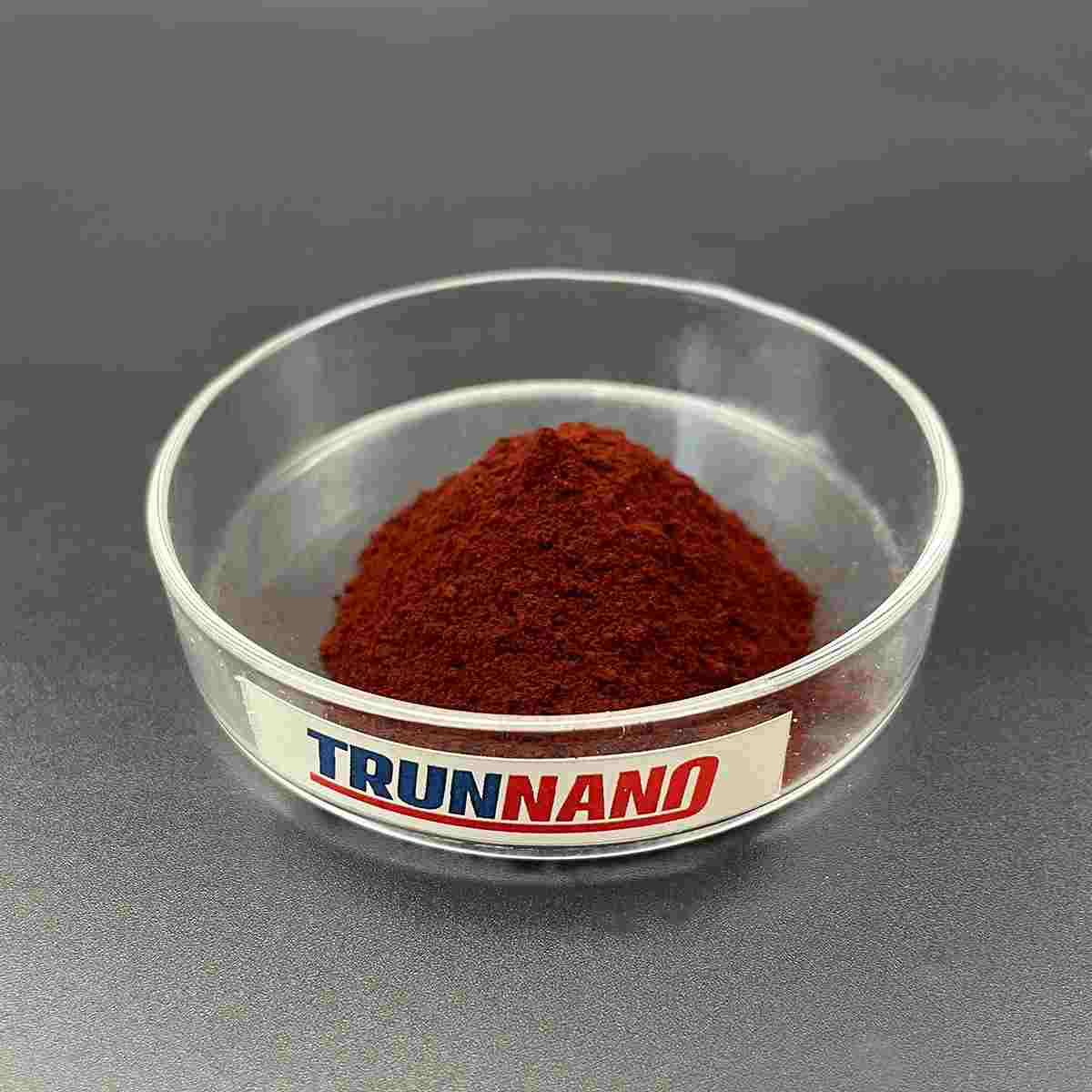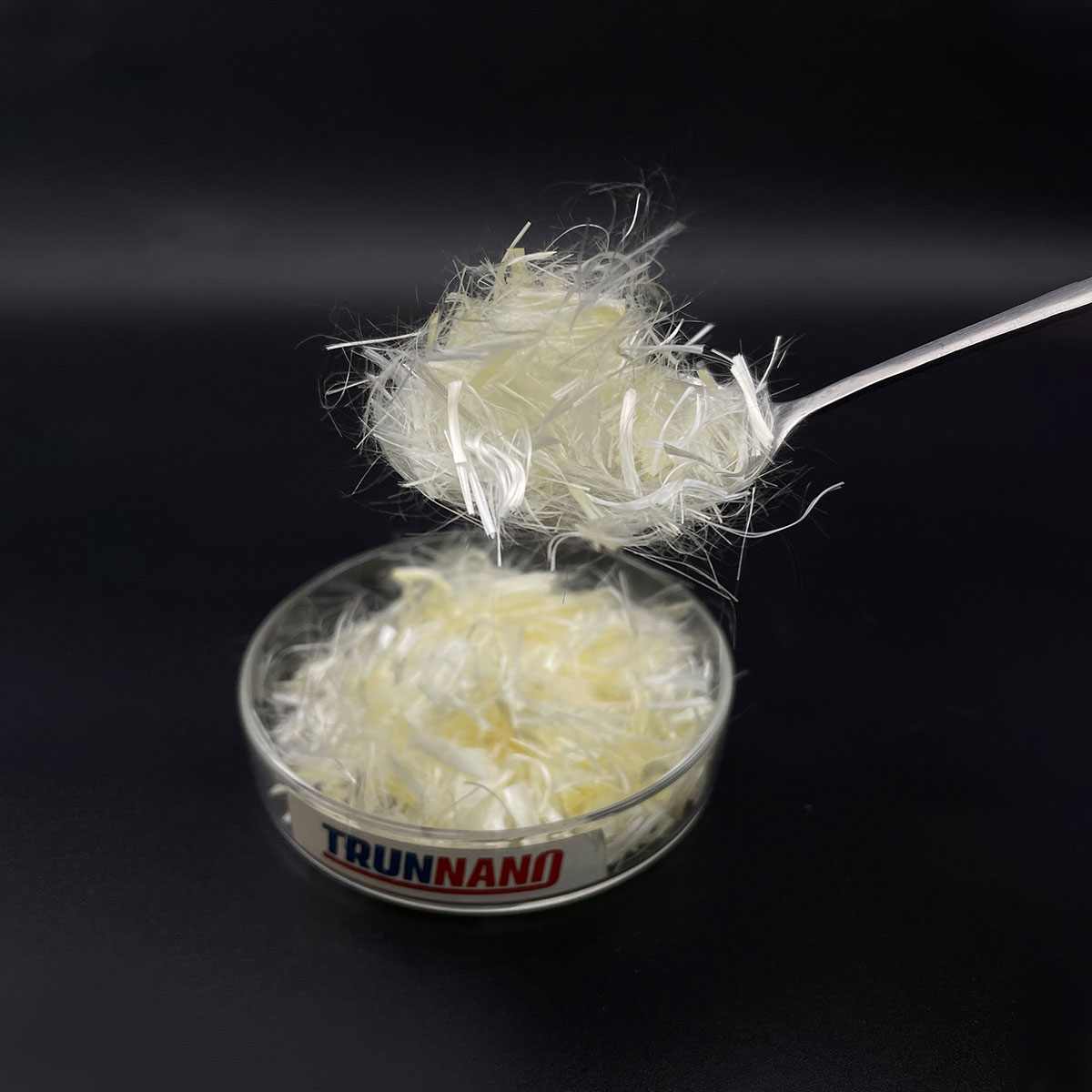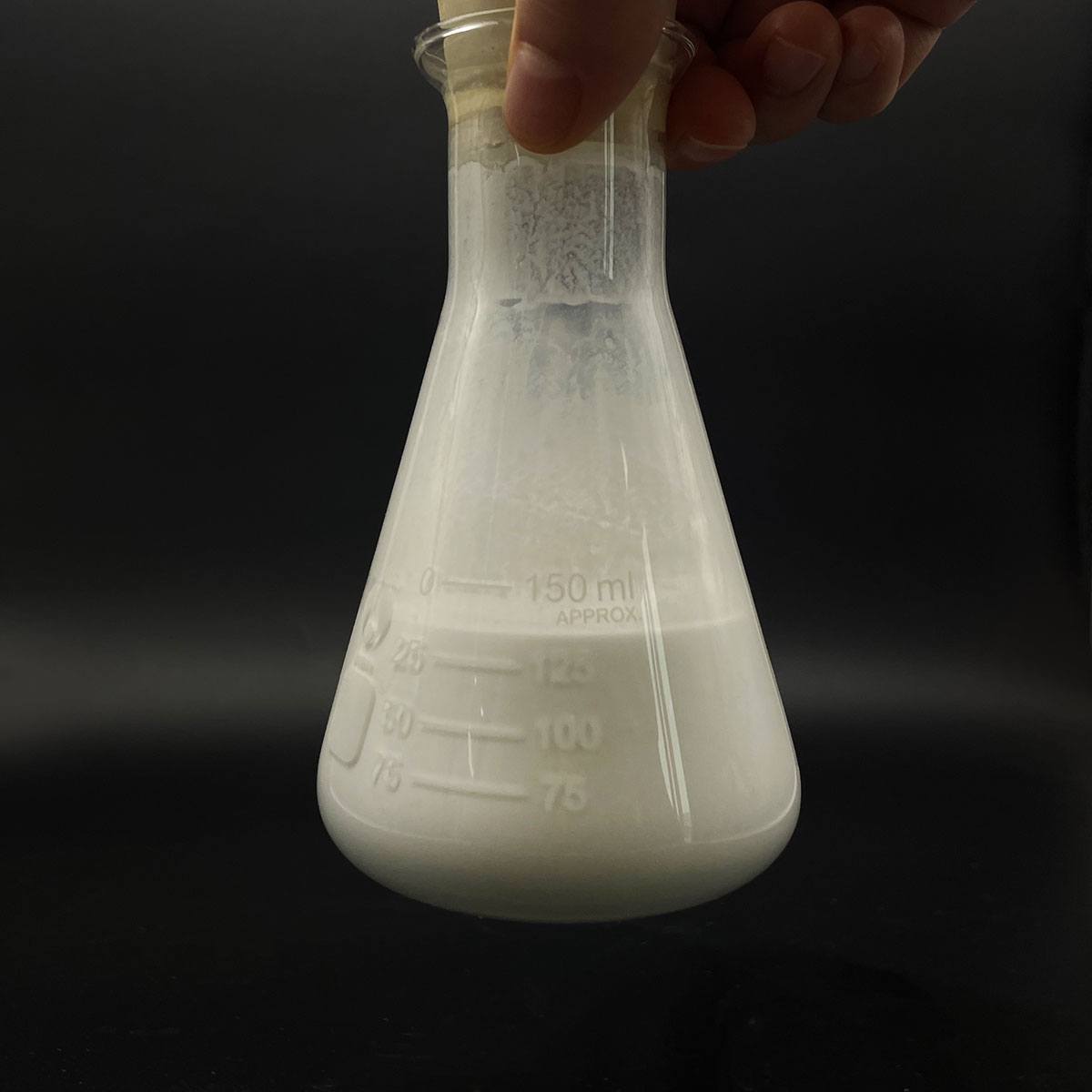Overview of High purity Antimony Telluride 99.99-99.999% Sb2Te3 powder/block
Telluride and selenide compounds play a significant role in the field of semiconductors, particularly in the development of advanced electronic and optoelectronic devices. These materials belong to the chalcogenide family, characterized by their ability to form compounds with elements from groups IV-VI in the periodic table.
Tellurides: Compounds containing tellurium (Te) as the chalcogen. Examples include cadmium telluride (CdTe), mercury telluride (HgTe), and zinc telluride (ZnTe). These materials have found applications in solar cells, infrared detectors, and high-speed electronics due to their tunable bandgap, high electron mobility, and good thermal stability.
Selenides: Similar to tellurides, but with selenium (Se) replacing tellurium. Notable examples are cadmium selenide (CdSe), gallium selenide (GaSe), and zinc selenide (ZnSe). Selenide compounds are widely used in light-emitting diodes (LEDs), laser diodes, and solar cells due to their direct bandgap properties and efficient light absorption/emission capabilities.
Feature of High purity Antimony Telluride 99.99-99.999% Sb2Te3 powder/block
Direct Bandgap: Many telluride and selenide semiconductors have direct bandgaps, which facilitate efficient light emission and absorption processes. This makes them suitable for optoelectronic applications such as LEDs and lasers.
Tunable Bandgap: The bandgap of these materials can be adjusted by alloying or altering the composition (e.g., CdSe to CdTe), enabling customization for specific device requirements across a wide spectrum of wavelengths.
High Electron Mobility: Materials like HgCdTe exhibit high electron mobility, which is crucial for high-speed electronic devices and low-noise detector applications.
Thermal Stability: Some tellurides and selenides, like ZnTe and ZnSe, demonstrate good thermal stability, making them suitable for high-temperature operation and processing.
Non-Toxic Alternatives: With increasing environmental concerns, there’s a push towards exploring less toxic alternatives to commonly used semiconductors. For instance, Cd-based tellurides and selenides are being replaced or combined with less toxic elements like Mg or Mn in some applications.

(High purity Antimony Telluride 99.99-99.999% Sb2Te3 powder/block)
Parameters of High purity Antimony Telluride 99.99-99.999% Sb2Te3 powder/block
Antimony Telluride (Sb2Te3), a fascinating material with exceptional electronic properties, is a binary compound composed of antimony (Sb) and tellurium (Te). It boasts high purity levels, typically ranging from 99.99% to 99.999%, making it an ideal choice for applications requiring exceptional performance and reliability.
The high purity of Sb2Te3/ ensures that it exhibits minimal impurities, which is crucial in various industries, including optoelectronics, photovoltaics, and thermoelectrics. This level of purity contributes to its superior thermal conductivity, high electrical resistivity, and excellent optical transparency, making it a sought-after component in thin-film devices, such as photodetectors and solar cells.
In the realm of optoelectronics, Sb2Te3 is known for its ability to absorb and emit light, making it an attractive material for infrared and mid-infrared optoelectronic devices. Its bandgap, around 0.15 eV, allows for efficient conversion of light into electrical signals, enabling applications like photodetectors and bolometers.
In the field of thermoelectrics, Sb2Te3 stands out due to its high Seebeck coefficient, which is a measure of the voltage generated per unit temperature difference. This property enables the development of thermoelectric generators and coolers, converting waste heat into electricity or vice versa, with potential applications in automobiles, power plants, and electronic devices.
Moreover, Sb2Te3’s unique crystal structure, typically in a rhombohedral or hexagonal form, plays a significant role in its piezoelectric properties. Piezoelectric materials generate an electric charge in response to mechanical stress, making Sb2Te3 suitable for sensors and actuators in advanced technologies like microelectromechanical systems (MEMS).
The high purity of Sb2Te3 also ensures its compatibility with advanced fabrication techniques, such as molecular beam epitaxy (MBE) and chemical vapor deposition (CVD), allowing for the growth of high-quality thin films for next-generation devices. The absence of impurities minimizes defects and enhances the overall device performance.
In summary, Antimony Telluride with a purity level of 99.99-99.999% is a versatile material with extraordinary properties that make it indispensable in numerous applications. Its high purity guarantees its reliability, while its unique characteristics in terms of electronic, optical, and piezoelectric properties open doors to innovative technologies in the realms of optoelectronics, thermoelectrics, and beyond. As research and development continue to advance, Sb2Te3 is poised to play a pivotal role in shaping the future of various industries.

(High purity Antimony Telluride 99.99-99.999% Sb2Te3 powder/block)
FAQ of Semiconductor Materials
Inquiry us






